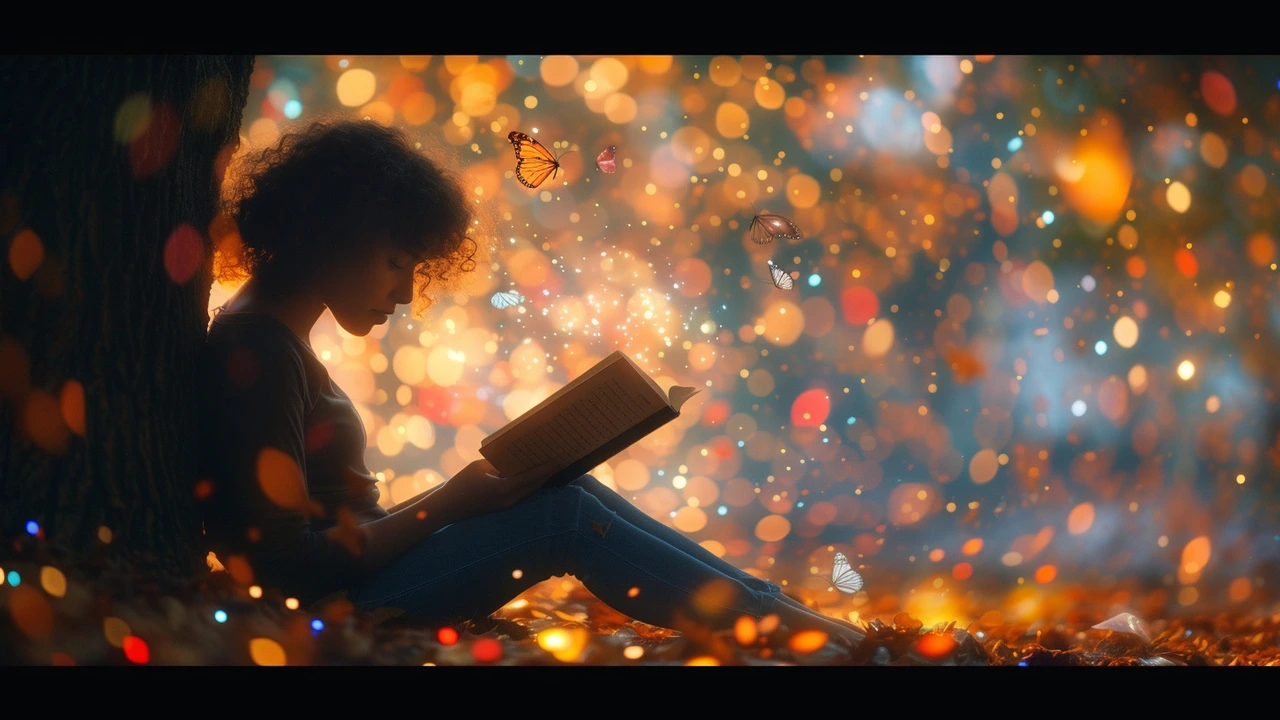Fantasy Reality Fusion: How Artists Make the Unreal Feel Real
Some artworks stop you because they look true, then slowly reveal they’re impossible. That tension—real detail plus fantasy—is what Fantasy Reality Fusion is all about. You get the trust of a believable surface and the thrill of something that can’t exist. If you want to spot or make these pieces, focus on craft and storytelling, not just weirdness.
How artists blend believable detail with the fantastic
Start with something solid: texture, light, and scale that read as familiar. Photorealism techniques help here—tight edges, accurate shadows, and convincing materials make the scene credible. Then introduce one or two elements that break reality: a floating object, altered anatomy, or impossible architecture. The trick is restraint. Too many impossible elements, and the work loses its emotional pull.
Use contrast to sell the idea. Put a hyperreal face next to a painted dream landscape. Keep one part sharply defined and let other parts dissolve into painterly marks or digital glitching. That push-pull pulls the viewer in and keeps them guessing.
Think about narrative. Fantasy Reality Fusion works best when those unreal elements mean something—a memory, a fear, a wish. Small symbolic details (a broken clock, an oversized bird, a doorway to nowhere) give the viewer clues and keep the piece from feeling random.
Practical tips you can try right now
If you’re an artist: start with a photo reference and change just one major thing. Keep lighting and perspective accurate, then alter scale or add a surreal prop. Try mixing media—photorealistic oil for a figure, rough charcoal for the background. That mix of finish levels helps the fantasy land without collapsing believability.
For digital artists: use real photo textures and match camera blur or grain to make composites read as one picture. Use subtle color grading to tie elements together—warm highlights or a cool cast can make a strange scene feel cohesive.
For viewers and collectors: look for craft first. If surfaces, shadows, and perspective are convincing, the fantasy is intentional and well-made. Ask how the artist handled edges, scale, and light. That tells you whether the piece is a thoughtful fusion or a novelty.
Finally, experiment with scale and installation. A small painting with a giant printed shadow on the wall, or an immersive room where a realistic prop floats, turns a personal illusion into a physical experience. Installation art can make the fantasy feel unavoidable.
Want more ideas and examples? Browse articles on photorealism, magical realism, installation art, and related movements on Paul Artistry to see how different artists pull this fusion off.

